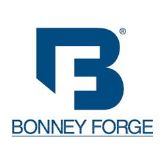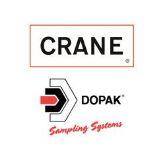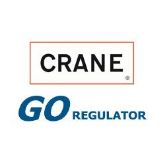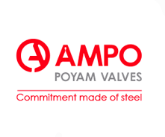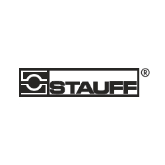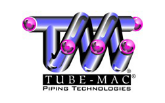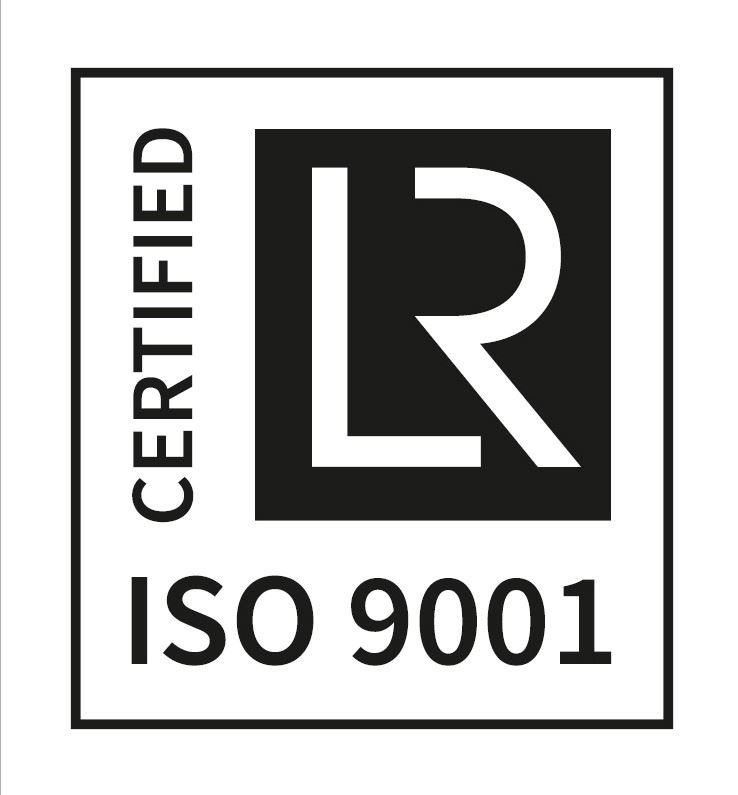Close
- Home Page
-
Select a Product
- Back
- Accessories
-
Flanges
- Back
-
ANSI
- Back
-
ANSI CL150 Flange
- Back
- CL150 Blind 304L Flange
- CL150 Boss 304L Flange
- CL150 Blind 316L Flange
- CL150 Boss 316L Flange
- CL150 Pipe Slip On 304L Flange
- CL150 Pipe Slip On 316L Flange
- CL150 Socketweld 304L Flange
- CL150 Socketweld 316L Flange
- CL150 Threaded 316L Flange
- CL150 Tube Slip On 316L Flange
- CL150 Weld Neck 304L Flange
- CL150 Weld Neck 316L Flange
-
ANSI CL300 Flange
- Back
- CL300 Blind 304L Flange
- CL300 Boss 304L Flange
- CL300 Blind 316L Flange
- CL300 Boss 316L Flange
- CL300 Pipe Slip On 304L Flange
- CL300 Pipe Slip On 316L Flange
- CL300 Socketweld 304L Flange
- CL300 Socketweld 316L Flange
- CL300 Threaded 316L Flange
- CL300 Weld Neck 304L Flange
- CL300 Weld Neck 316L Flange
- CL300 Weld Neck 321H Flange
- ANSI CL600 Flange
- ANSI CL1500 Flange
- AS4087 Water
- DIN EN 1092-1 Flange
-
Table Flange
- Gyrolok
-
HOKE NPT Fittings
-
Pipe
- Back
- Seamless
- Welded Pipe
-
Pipe Fittings
- Back
- BSP
-
Buttweld
-
NPT
- Back
-
CL3000 NPT
- Back
- NPT Elbow 45 Degree CL3000
- NPT Elbow 90 Degree CL3000
- NPT Full Coupling CL3000
- NPT Half Coupling CL3000
- NPT Hex Nipple CL3000
- NPT Hexagonal Head Cap CL3000
- NPT Hexagon Head Plug
- NPT Reducing Bush CL3000
- NPT Reducing Coupling CL3000
- NPT Reducing Nipple CL3000
- NPT Tee CL3000
- NPT Threaded Branch Outlet CL3000
- NPT Union CL3000
- CL6000 NPT
- Nipple
- Pipe Clamps
- Saflok
-
Socketweld
- Vic-Press
-
Tube
-
Tube Fittings
-
Valves
- All Brands
- Product Range
- Gyrolok
- Media
- Contact Us
Menu
- Home Page
-
Select a Product
- Back
- Accessories
-
Flanges
- Back
-
ANSI
- Back
-
ANSI CL150 Flange
- Back
- CL150 Blind 304L Flange
- CL150 Boss 304L Flange
- CL150 Blind 316L Flange
- CL150 Boss 316L Flange
- CL150 Pipe Slip On 304L Flange
- CL150 Pipe Slip On 316L Flange
- CL150 Socketweld 304L Flange
- CL150 Socketweld 316L Flange
- CL150 Threaded 316L Flange
- CL150 Tube Slip On 316L Flange
- CL150 Weld Neck 304L Flange
- CL150 Weld Neck 316L Flange
-
ANSI CL300 Flange
- Back
- CL300 Blind 304L Flange
- CL300 Boss 304L Flange
- CL300 Blind 316L Flange
- CL300 Boss 316L Flange
- CL300 Pipe Slip On 304L Flange
- CL300 Pipe Slip On 316L Flange
- CL300 Socketweld 304L Flange
- CL300 Socketweld 316L Flange
- CL300 Threaded 316L Flange
- CL300 Weld Neck 304L Flange
- CL300 Weld Neck 316L Flange
- CL300 Weld Neck 321H Flange
- ANSI CL600 Flange
- ANSI CL1500 Flange
- AS4087 Water
- DIN EN 1092-1 Flange
-
Table Flange
- Gyrolok
-
HOKE NPT Fittings
-
Pipe
- Back
- Seamless
- Welded Pipe
-
Pipe Fittings
- Back
- BSP
-
Buttweld
-
NPT
- Back
-
CL3000 NPT
- Back
- NPT Elbow 45 Degree CL3000
- NPT Elbow 90 Degree CL3000
- NPT Full Coupling CL3000
- NPT Half Coupling CL3000
- NPT Hex Nipple CL3000
- NPT Hexagonal Head Cap CL3000
- NPT Hexagon Head Plug
- NPT Reducing Bush CL3000
- NPT Reducing Coupling CL3000
- NPT Reducing Nipple CL3000
- NPT Tee CL3000
- NPT Threaded Branch Outlet CL3000
- NPT Union CL3000
- CL6000 NPT
- Nipple
- Pipe Clamps
- Saflok
-
Socketweld
- Vic-Press
-
Tube
-
Tube Fittings
-
Valves
- All Brands
- Product Range
- Gyrolok
- Media
- Contact Us







